There are many theories that the sealing and opening ceremonies date back to the Tran Dynasty, but official history does not clearly record them. During the Le Dynasty, the book Le Dynasty's Code of Conduct also mentioned them but did not give details.
C CHOOSE A GOOD DAY TO OPEN THE SEAL
Nguyen Dynasty history books show that the custom of conferring and opening seals during the Nguyen Dynasty was implemented from the end of the first year of Gia Long (1802). Dai Nam Thuc Luc wrote that the court stipulated: "Every year, on the 25th of December, the seal is conferred. The following year, a good day in the first week of January is chosen to open the seal. In offices, these days are also used to confer or open the seal."
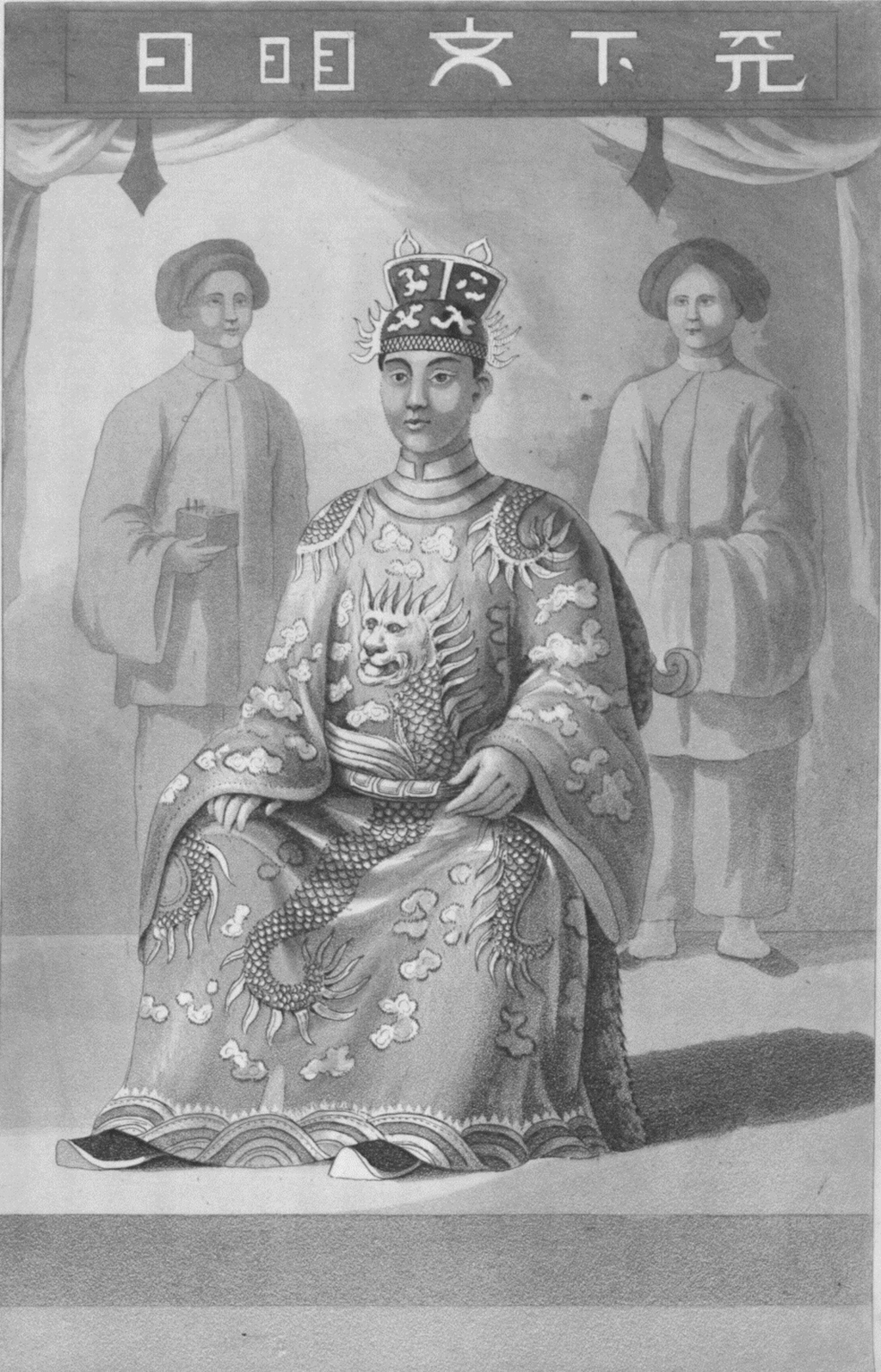
King Minh Mang attached great importance to the opening ceremony of the seal (Painting by John Crawfurd)
PHOTO: Document by Le Nguyen
According to the records of this historical book about the 5th year of Gia Long (1806), before that, the day of sealing was also the day of issuing the calendar. In 1804, it was changed to sealing the day before, issuing the calendar the day after. From 1806 onwards, the regulation was to take the 1st of December as the day of issuing the calendar.
In the 7th year of Gia Long (1808), the Ministry of Rites reported to the king: In the past, at the beginning of the year, we opened the seal to review the troops, at the end of the year, we held the mausoleum, held the twelfth sacrifice, and locked the seal, all of which were held on a new auspicious day. Now we would like to choose a fixed date. The king listened to the report and approved that every year on the 7th of January, we would open the seal, order the officials to send out the troops, on the 13th of December, we would hold the mausoleum, on the 14th of December, we would hold the twelfth sacrifice, and on the 25th of December, we would lock the seal. This was implemented the following year (1809).
During the period of sealing for Tet holiday, all seals were sealed and stored carefully, and normal documents and papers had to wait until the opening day to be stamped. According to the regulation issued at the end of Minh Mang year 4 (1823), all documents of the offices that had to be done but had not been completed during the year had to be postponed until the new year, and could be continued after the opening day.
In the 11th year of Minh Mang (1830), the king again approved that from then on, after the day of sealing, the Six Ministries, the Cabinet and the agencies that encountered edicts, memorials, and all necessary tasks would be reported according to the rules, and implemented using the golden seal. On the day of opening the seal, the official seal (the seal of the officials' positions) would be used.
In the 12th year of Minh Mang (1831), the Ministry of Finance requested that the New Year's seals at the treasury offices such as the Interior Department, the arsenal, the gunpowder warehouse, etc. not need to be sealed and sent to the ministry, but be handed over to the administrator to keep for the convenience of making official documents for export and import. The King said: If the ministry keeps the seals, then when there is work, it will be a hassle. So it was decided: At the end of the year, the seals of the Interior Department, the Interior Treasury, and the Commercial Warehouse will be sealed by the Ministry of Finance; the arsenal and gunpowder warehouse will be sealed by the Ministry of War; a high-ranking mandarin in those ministries will bring the current seals of the ministry, and the council and the administrator will respectfully seal them; on the day of opening the seal, the council will examine the seals and then open the seals. As for regular work, the sealing or opening of the seals will be done by the administrator according to the work.
CHANGES IN THE OPENING DATE
At the end of 1831, King Minh Mang believed that the provinces from Quang Tri to the North had just assigned officials, and the replacement and handover were still messy, so the seals were sealed on December 30th and the seals were opened on January 1st of the following year. This was also applied during the New Year of the 16th year of Minh Mang (1835) in 6 southern provinces, when the Nguyen Dynasty's army was suppressing the rebellion of Le Van Khoi. At that time, the king requested that the seals be sealed on December 30th and opened for use on January 1st.
The King also approved that from the day of sealing to the day of opening the seal, all civil and military officials were exempted from night duty; on the 30th of Tet and the 3 days of the Lunar New Year, all officials were exempted from entering to present their papers. All memorials, if not urgent and important matters, were to be postponed until the 4th day to be processed.
The Opening Seal Ceremony to officially return to work after the Tet holiday is considered the grandest ceremony of the court. The regulations issued at the beginning of the reign of King Minh Mang placed this ceremony on par with the ceremonies of the biggest festivals including Van Tho festival (the king's birthday), Chinh Dan (Lunar New Year), Doan Duong (May 5), the flag raising ceremony, the army marching, and the oath-taking ceremony.
Accordingly, from the 5th watch of that day, after beating the drum three times and issuing the command, the mandarin set up the grand court ceremony in the yard of Thai Hoa Palace, and set up the regular court ceremony in the yard of Can Chinh Palace. The mandarin of ceremonies sent a message: "Strict inside, out, clear", then the guards brought the king's palanquin in. Can Chinh Palace rang the bells and drums, then the king got on the palanquin. On the flagpole, nine command drums were sounded, the king ascended the throne, then the bells and drums stopped. The mandarins performed the inauguration ceremony.
During the reign of King Tu Duc, in 1874, the king changed the Lunar New Year holiday from December 28 to January 8 to open the seal and start the new year. (to be continued)
(Excerpt from the book Tet in the Golden Place recently published by Ho Chi Minh City General Publishing House)
Source: https://thanhnien.vn/tuc-le-hay-dau-nam-dai-le-khai-an-185250202230714028.htm


![[Photo] Party and State leaders attend the special art program "You are Ho Chi Minh"](https://vphoto.vietnam.vn/thumb/1200x675/vietnam/resource/IMAGE/2025/5/18/6895913f94fd4c51aa4564ab14c3f250)

![[Photo] Party and State leaders visit President Ho Chi Minh's Mausoleum](https://vphoto.vietnam.vn/thumb/1200x675/vietnam/resource/IMAGE/2025/5/19/d7e02f242af84752902b22a7208674ac)
![[Photo] Special flag-raising ceremony to celebrate the 135th birthday of President Ho Chi Minh](https://vphoto.vietnam.vn/thumb/1200x675/vietnam/resource/IMAGE/2025/5/19/1c5ec80249cc4ef3a5226e366e7e58f1)






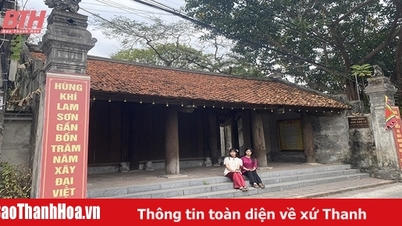
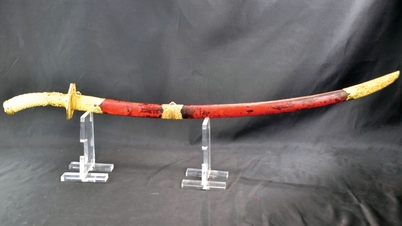
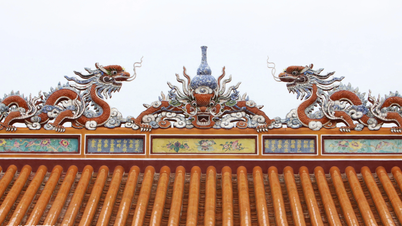


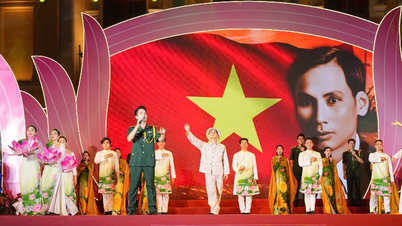



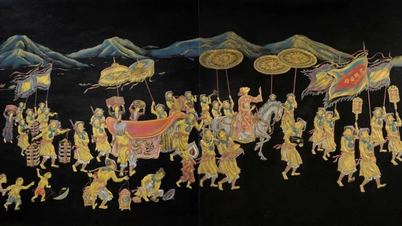


















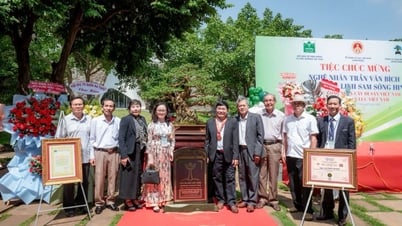









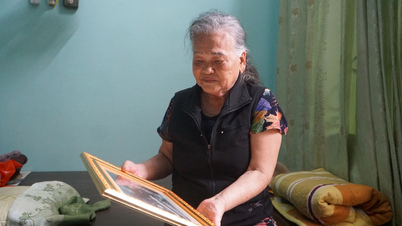
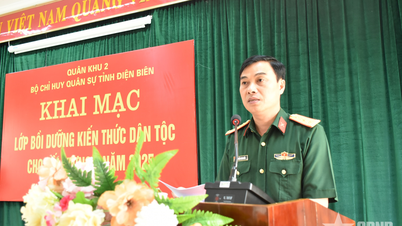


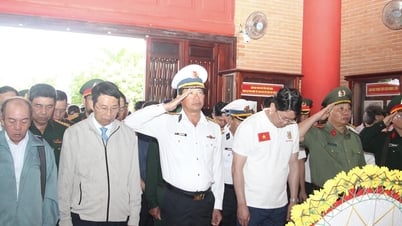

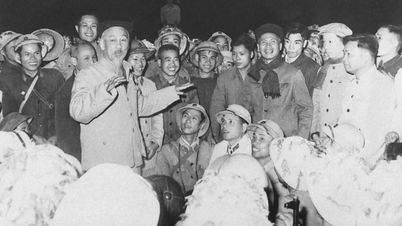








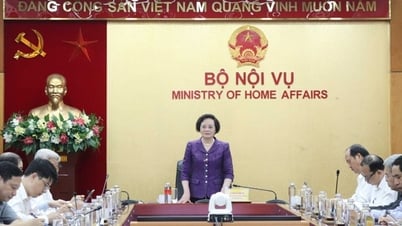








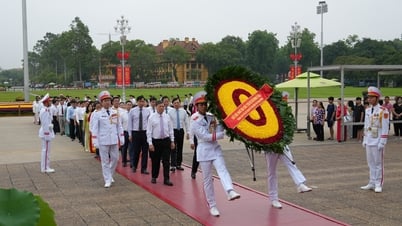




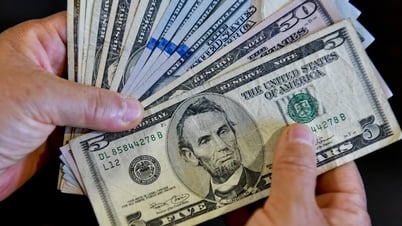















Comment (0)